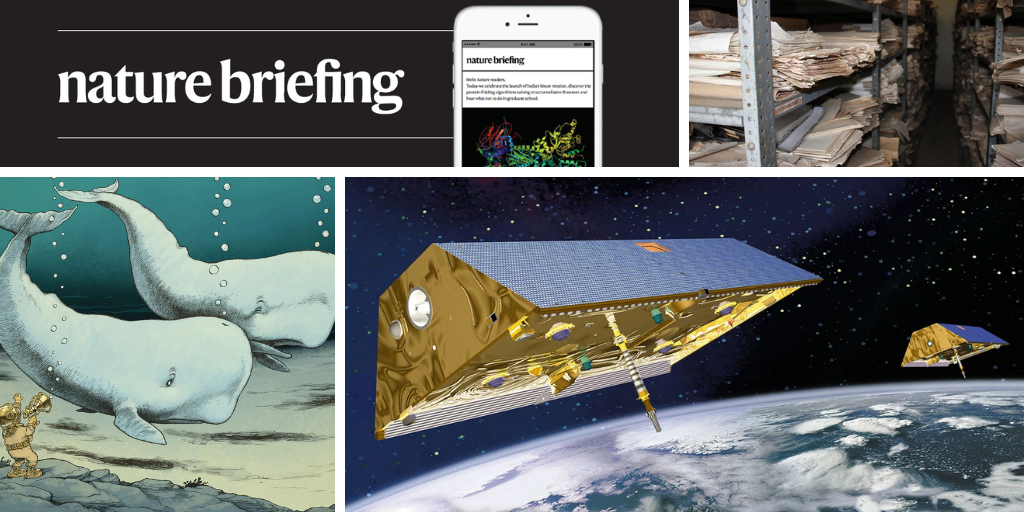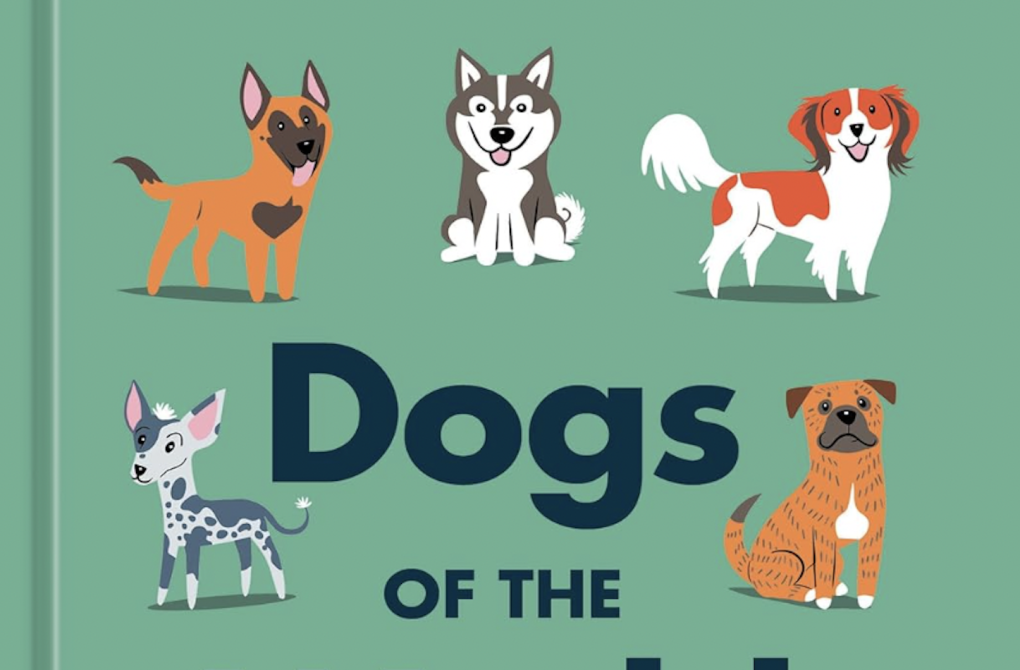fromenglish.elpais.com
1 day agoHow do we know that animals without tails are happy?
As a specialist in pet behavior, especially dogs and cats, I often get the question of how people can tell if an animal is happy if it has no tail to wag. My answer is that the tail serves a communicative purpose in all animals, but not only that. Many also use it to keep their balance. That is to say, it's related to the biomechanics of their bodies and it helps them move around.
Pets





